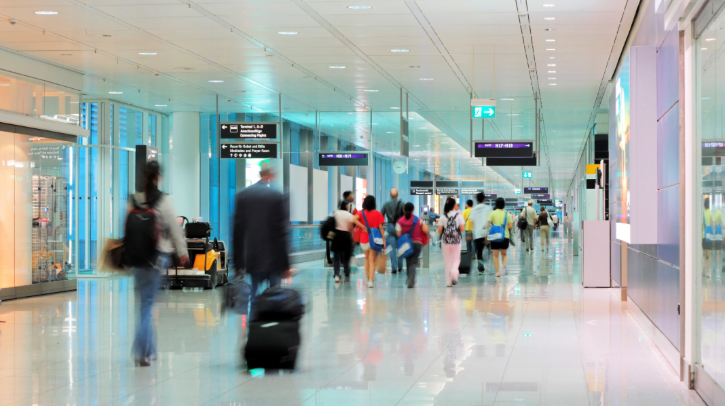As global air travel continues to grow and airports strive to modernize operations, AeroCloud is spotlighting the critical role of real-time passenger tracking in shaping the next generation of airport management. Whether it’s improving flow, tracking dwell, understanding flow rates, boosting revenue or preparing for long-term growth, understanding how all types of passengers move through a terminal is fast becoming a mandatory advantage if an airport wants to prosper.
Passenger tracking delivers real-time, anonymous insights into passenger behavior, empowering airports to make faster decisions, deploy staff efficiently, meet regulatory requirements and provide more accurate information to travelers. From security wait times to boarding, the data transforms every aspect of the terminal experience.
The key connector between operational excellence and commercial growth is passenger tracking. Airports that understand and act on their passenger data are better equipped to deliver the seamless, stress-free journeys that travelers now expect.
Liverpool John Lennon Airport
At Liverpool John Lennon Airport (LPL), AeroCloud’s tracking platform is already in use to great effect. The system helps the airport predict queue lengths, improve staffing decisions and ensure passengers receive real-time updates across the terminal. Just as importantly, the technology gives LPL new visibility into commercial behavior, identifying how passengers from specific flights spend time in retail and F&B areas, and enabling the airport to adjust strategies to increase revenue.
“The data we now have access to through AeroCloud’s passenger tracking platform is the holy grail of commercial and operational activity at an airport,” said Paul Staples, operations director at Liverpool John Lennon Airport.
Frankfurt Airport
AeroCloud’s success isn’t limited to the UK. At Frankfurt Airport (FRA) – one of Europe’s busiest aviation hubs – AeroCloud was selected as the winner of Fraport’s prestigious Open Pitch Day. As part of the project, AeroCloud deployed its Optic platform using existing CCTV infrastructure to anonymously monitor passenger flow in real time.
Compared to existing legacy systems, the solution delivered faster implementation, greater flexibility and a lower total cost of ownership, all while meeting Germany’s strict GDPR requirements.
The project’s success helped FRA improve throughput, optimize staffing and plan for long-term terminal renovations with hard data in hand, reinforcing AeroCloud’s role as a trusted innovation partner. This feedback loop also enabled impactful additions to the roadmap.
As we continue to scale globally, airports of all sizes are discovering the impact of modern passenger tracking. From LPL to FRA, the message is clear – if you can understand your passenger’s behavior, you can serve them better.
For more top insights into the future of airport data, read Passenger Terminal World’s exclusive feature, “How are terminal operators redesigning their IT infrastructure to unlock the full value of their data?”, here

